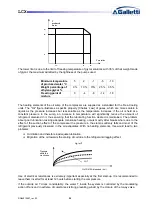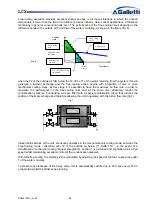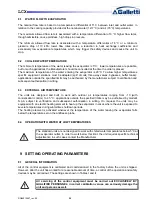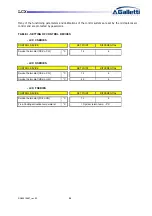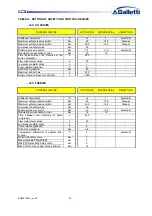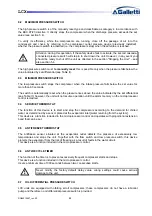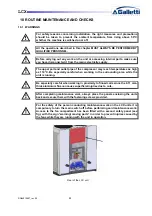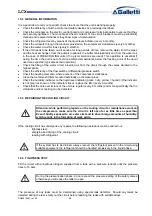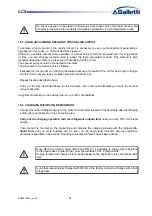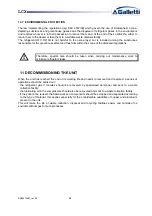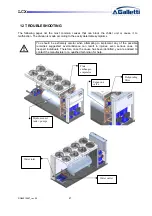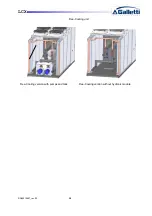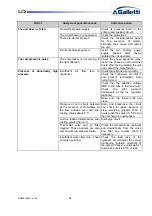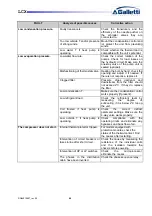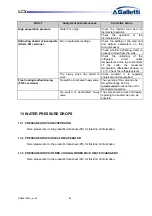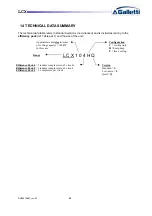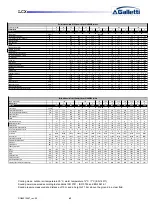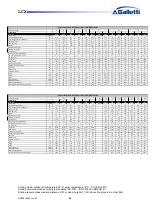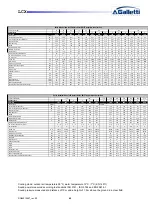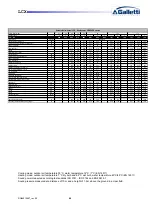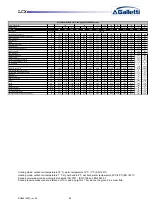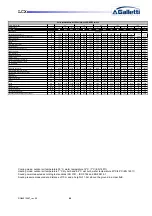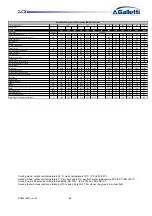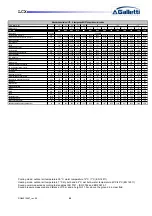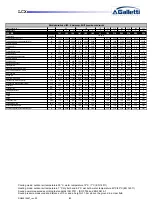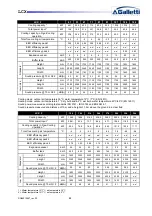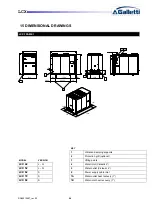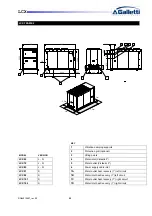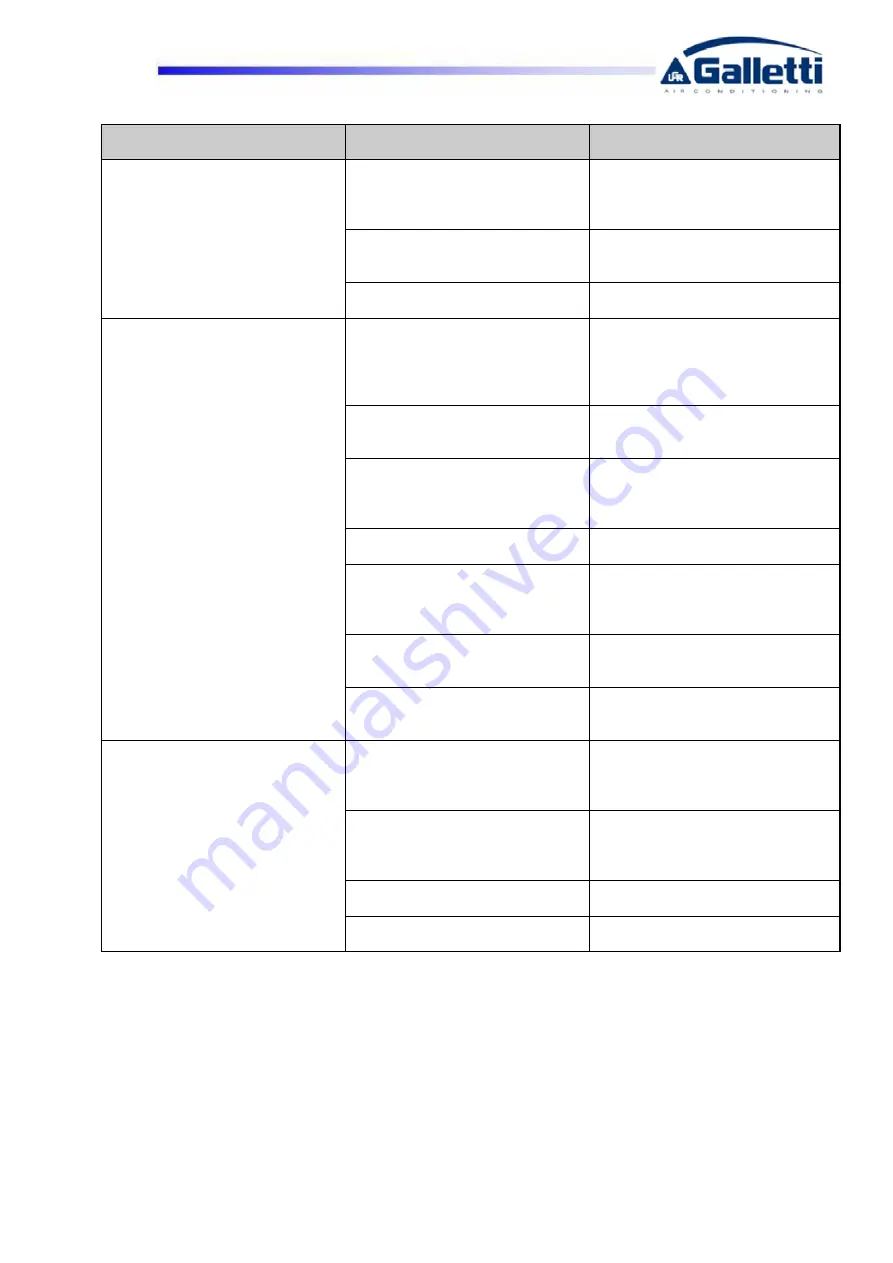
LCX
RG66010687_rev.00
40
FAULT
Analysis of possible causes
Corrective action
Low condensation pressure.
Faulty
transducers.
Check the transducers and the
efficiency of the needle pusher on
the schrader valves they are
connected to.
Too low outside T and/or presence
of strong winds.
Mount the condensation control and
/or protect the unit from prevailing
winds.
Low water T if heat pump is
operating.
Check whether the thermal load is
compatible with the unit’s potential.
Low evaporation pressure.
Low water flow rate.
Check the correct rotation of the
pumps. Check for load losses on
the hydraulic circuit. Make sure the
one-way valve of the pump unit is
sealed (optional).
Malfunctioning of thermostat valve. Heating the bulb by hand, check the
opening and adjust it if needed. If
there is not response, replace it.
Clogged
filter.
Pressure drops upstream and
downstream from the filter should
not exceed 2°C. If they do, replace
the filter.
Low condensation T.
Make sure the condensation control
works properly [if present].
Low
refrigerant
load.
Check the refrigerant level by
measuring the degree of
subcooling; if it is below 2°C top up
the unit.
Coil frosted if heat pump is
operating.
Check the correct defrost
parameter settings. Make sure the
4-way valve works properly.
Low outside T if heat pump is
operating.
Check compliance with the
operating limits and eliminate any
bypasses and back flow of air.
The compressor does not start.
Internal thermal protector tripped.
For models equipped with
protection modules, check the
status of the thermal contact. Find
the causes after restarting.
Intervention of circuit breakers or
fuses in line after short circuit.
Check the cause by measuring the
resistance of the individual coils
and the isolation towards the
chassis before powering.
Intervention of HP or LP switches.
Check the microprocessor,
eliminate the causes.
The phases in the distribution
cabin have been inverted.
Check the phase sequence relay.

